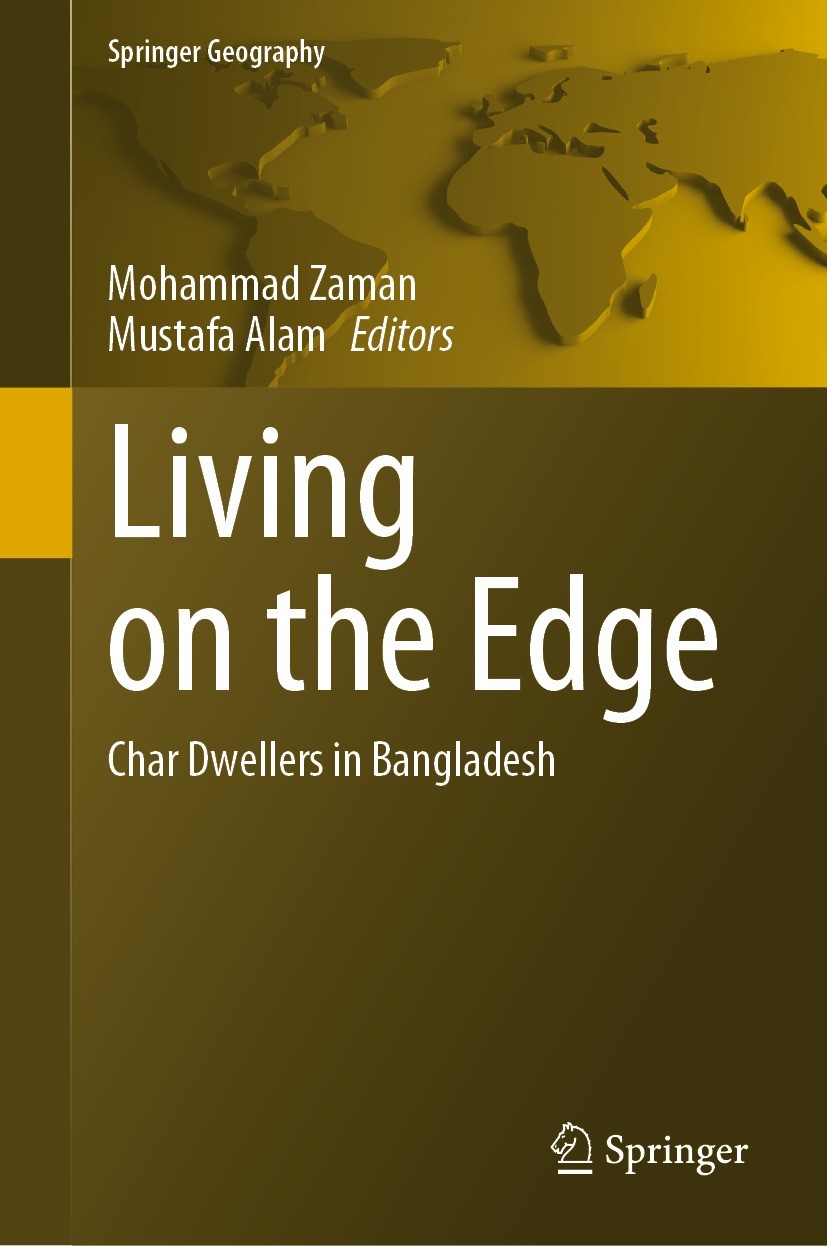| 书目名称 | Living on the Edge | | 副标题 | Char Dwellers in Ban | | 编辑 | Mohammad Zaman,Mustafa Alam | | 视频video | http://file.papertrans.cn/588/587510/587510.mp4 | | 概述 | Offers a major collection of articles on Bangladesh chars.Has a multidisciplinary, global team of authors.Examines potentials of chars from a development perspective | | 丛书名称 | Springer Geography | | 图书封面 |  | | 描述 | In Bangladesh, the chars within the river channels are an important part of its landscape. However, these land masses continue to remain isolated, deprived of services, and pockets of poverty in the country. The char dwellers are vulnerable to natural hazards like flood and erosion. In addition to these hazards, the coastal chars are faced with the imminent problem of widespread inundation due to sea level rise resulting from climate change..Within this context, the book Living on the Edge: Char Dwellers in Bangladesh has brought together valuable scholarship on the diverse issues relating to the chars and the communities living in there. This comprehensive collection, with contribution of experts on the subject from across the globe, provides an understanding of the problems faced by the char dwellers and also comes up with policy prescriptions for ensuring overall welfare of char communities in the country.. | | 出版日期 | Book 2021 | | 关键词 | Bangladesh; Char dwellers; Displacement/migration; Livelihood; Climate change; Urban Geography and Urbani | | 版次 | 1 | | doi | https://doi.org/10.1007/978-3-030-73592-0 | | isbn_softcover | 978-3-030-73594-4 | | isbn_ebook | 978-3-030-73592-0Series ISSN 2194-315X Series E-ISSN 2194-3168 | | issn_series | 2194-315X | | copyright | The Editor(s) (if applicable) and The Author(s), under exclusive license to Springer Nature Switzerl |
The information of publication is updating

|
|
 |Archiver|手机版|小黑屋|
派博传思国际
( 京公网安备110108008328)
GMT+8, 2025-12-17 11:42
|Archiver|手机版|小黑屋|
派博传思国际
( 京公网安备110108008328)
GMT+8, 2025-12-17 11:42


